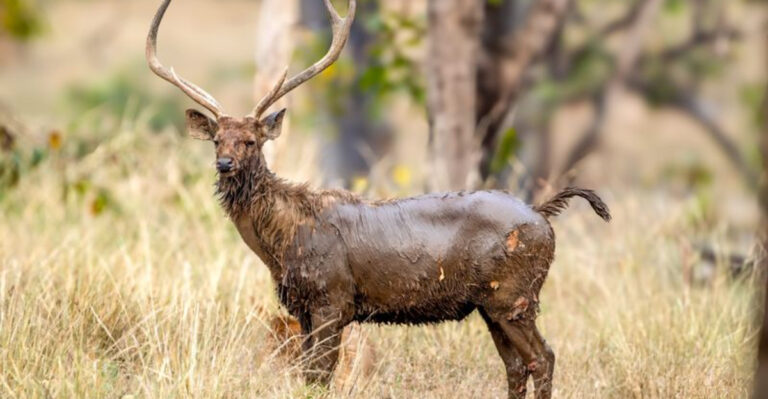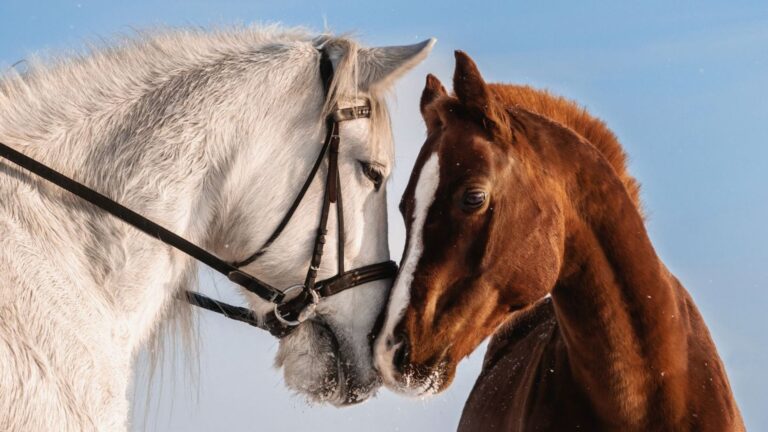New Species Of Sea Snail Discovered In Florida Keys, Named After Music Legend Jimmy Buffett
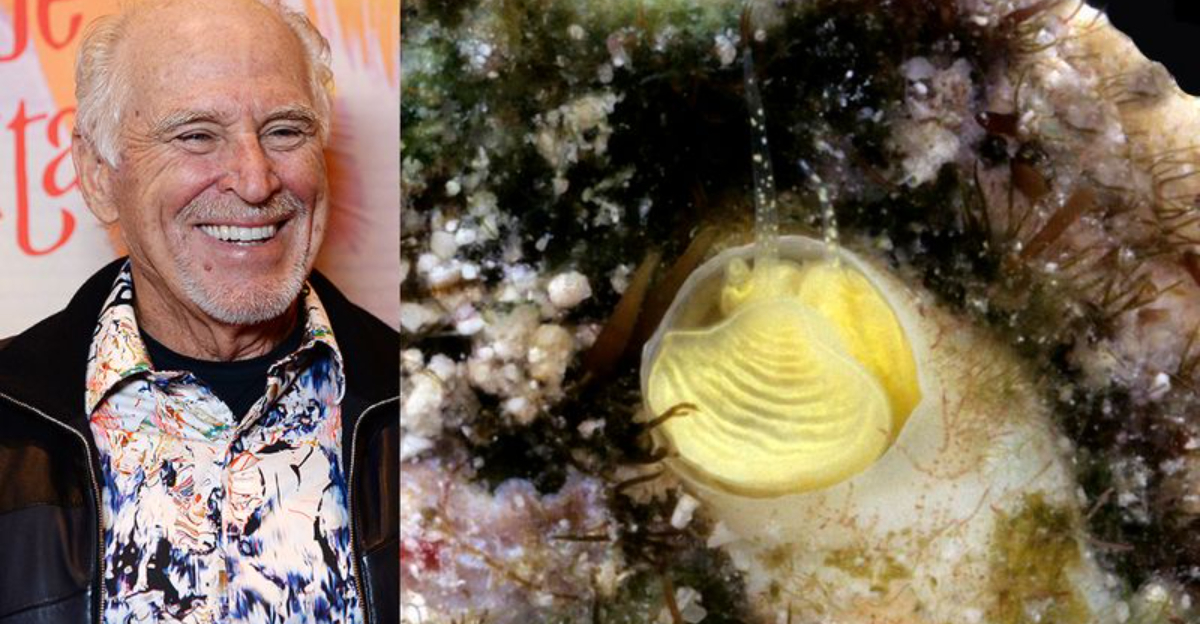
Scientists have discovered a brand new sea snail species in the warm waters of the Florida Keys. This tiny yellow creature now carries the name Cayo Margarita, honoring the late singer Jimmy Buffett and his famous song ‘Margaritaville.’
The finding reminds us that even today, our oceans still hide countless unknown species waiting to be discovered.
1. A New Species Of Sea Snail: Introducing Cayo Margarita
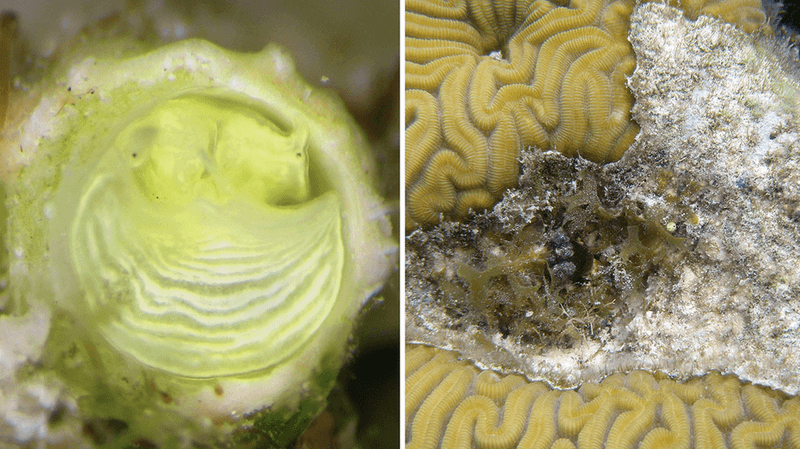
Hidden beneath the waves until recently, Cayo Margarita represents an exciting addition to marine science. This tiny gastropod belongs to the Vermetidae family, often called worm snails because of their irregular, tube-like shells.
Unlike typical snails that crawl around, these creatures attach permanently to one spot and stay there for life. Scientists believe there may be more undiscovered relatives lurking in Caribbean waters.
2. The Discovery Of Cayo Margarita In The Florida Keys
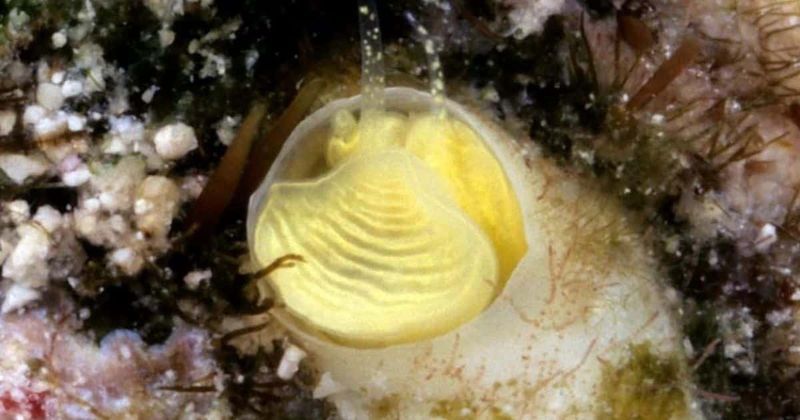
Marine biologists stumbled upon this vibrant creature during a routine reef survey near Key West in 2022. At first glance, they almost missed it – the small yellow tubes blending with surrounding coral structures.
Careful examination and DNA analysis confirmed they had found something entirely new to science. The official announcement came just months after Jimmy Buffett’s passing, making the naming especially poignant for the research team.
3. Why This Sea Snail Is Named After Jimmy Buffett
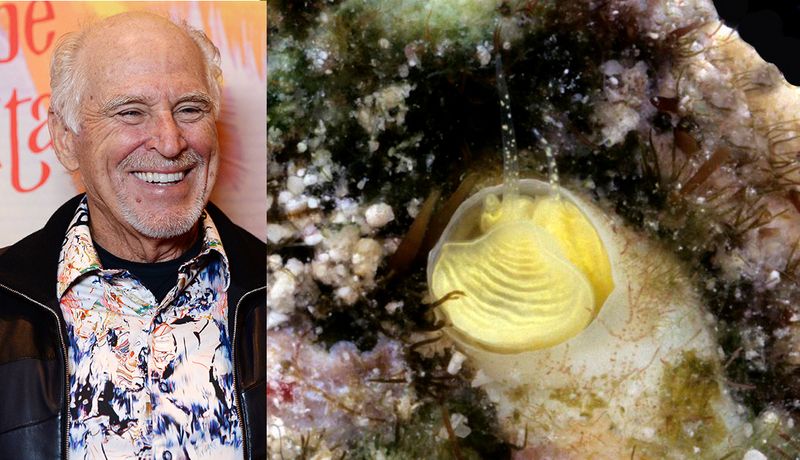
Jimmy Buffett’s deep connection to the Florida Keys made him the perfect namesake for this sunny yellow sea creature. The musician not only lived in and loved this tropical paradise but also championed ocean conservation throughout his life.
“Cayo” means small island in Spanish, while “Margarita” references Buffett’s signature song “Margaritaville” – creating a name that celebrates both the snail’s island home and the legendary musician.
4. The Unique Characteristics Of Cayo Margarita

Measuring just a few millimeters across, this sea snail builds twisted, irregular tubes rather than the spiral shells we typically associate with snails. Young Cayo Margarita start life mobile before cementing themselves permanently to coral substrates.
Their most striking feature remains their brilliant yellow coloration – unusual among vermetid snails. Scientists believe this pigmentation might serve as camouflage or possibly as a warning to potential predators.
5. The Bright Yellow Hue Of The New Sea Snail

Sunshine yellow – that’s what immediately catches the eye when spotting Cayo Margarita in its natural habitat. This vibrant coloration stands out dramatically against the blues and greens of the Florida reef system.
Researchers speculate the bright hue might help attract specific microorganisms the snail feeds on. Alternatively, it could mimic toxic species, providing a clever defense mechanism against would-be predators cruising the reef.
6. How Cayo Margarita Attaches Itself To Coral Surfaces

Fascinatingly, these snails undergo a dramatic lifestyle change as they mature. Young Cayo Margarita begin life mobile, crawling across the reef in search of the perfect permanent home.
Once they find an ideal spot, they secrete a powerful natural cement that bonds their shell to the coral substrate for life. This calcium carbonate adhesive becomes virtually unbreakable, allowing the snail to withstand powerful ocean currents and storms.
7. Understanding The Behavior Of Cayo Margarita In The Wild
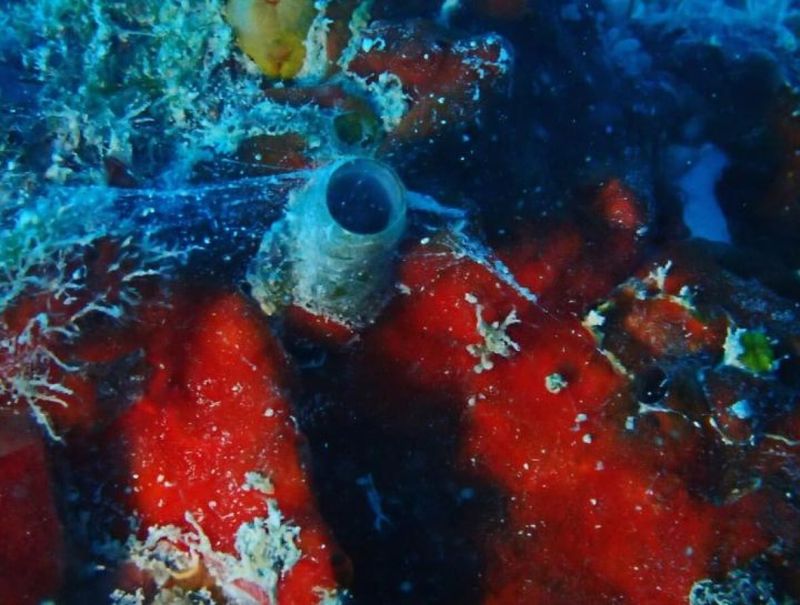
Despite their stationary adult lives, these creatures display surprisingly complex behaviors. They extend specialized tentacles to cast mucus “fishing nets” that trap passing food particles and microorganisms drifting in the current.
When threatened, they can rapidly retract into their protective tubes. They communicate with neighboring snails through chemical signals, creating coordinated communities across coral formations. Their synchronized activities help maximize feeding efficiency in their reef neighborhoods.
8. The Ecological Importance Of Cayo Margarita In Coral Reefs

Every new species discovery helps complete our understanding of reef ecosystems. Cayo Margarita likely plays several vital ecological roles, from filtering water as they feed to providing microhabitats for even smaller organisms.
Their tube-like shells create complex structures that other tiny reef creatures use for shelter. Additionally, their feeding activities help regulate populations of microalgae and plankton, contributing to the delicate balance of these threatened marine environments.
9. The Role Of Mucus Webs In The Sea Snail’s Feeding Strategy
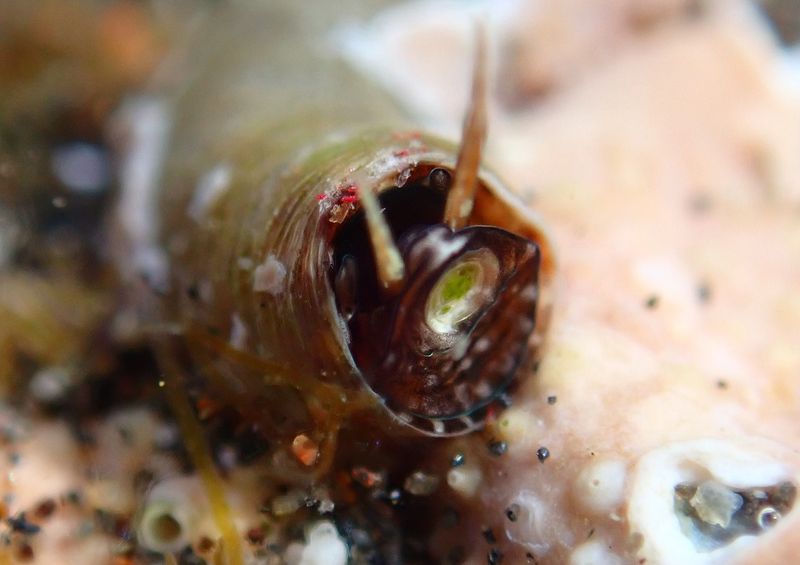
Cayo Margarita employs a fascinating feeding technique using specialized mucus nets – like tiny, sticky fishing webs cast into the current. These transparent traps capture passing food particles, bacteria, and microscopic plankton drifting by.
Periodically, the snail retracts these mucus strands, consuming both the web and everything caught in it. This efficient method allows them to feed without moving from their fixed position, harvesting food delivered directly by ocean currents.
10. Florida Keys Are Home To Diverse Marine Life
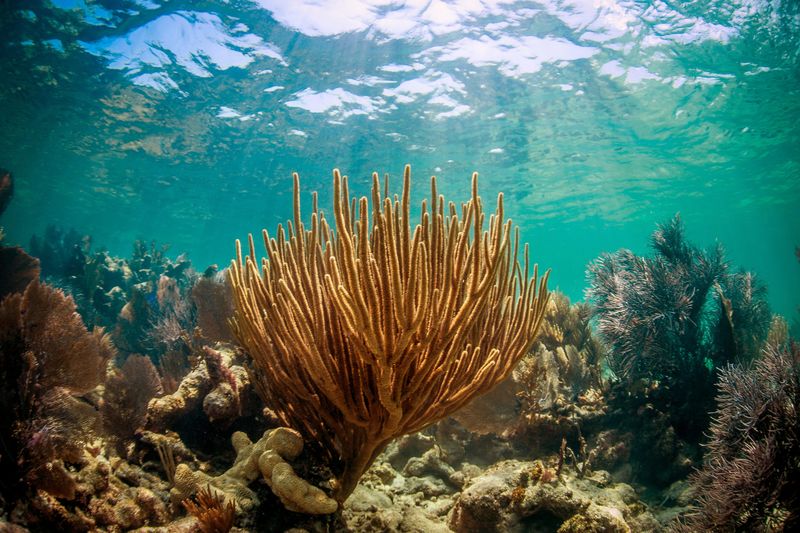
The Florida Keys represent a biological treasure trove, hosting the only living coral barrier reef in North America. Warm Gulf Stream currents mix with Atlantic waters here, creating perfect conditions for extraordinary biodiversity.
This unique marine environment sits at the intersection of tropical and temperate zones, allowing species from both regions to thrive. Protected marine sanctuaries established decades ago have helped preserve these habitats, making discoveries like Cayo Margarita possible.
11. The Threats Facing Marine Life In The Florida Keys
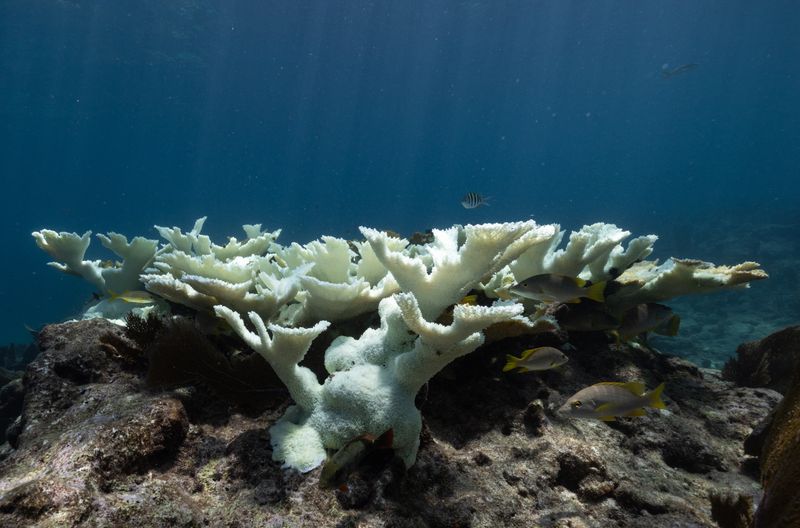
Even as we discover new species like Cayo Margarita, marine ecosystems face unprecedented challenges. Ocean acidification weakens the very coral structures these snails call home, while rising water temperatures trigger devastating bleaching events.
Pollution, overfishing, and physical damage from boats and anchors further threaten these delicate environments. Finding Cayo Margarita highlights what we might lose before we even know it exists – underscoring the urgency of marine conservation efforts.
12. How Climate Change Impacts The Habitat Of Species Like Cayo Margarita
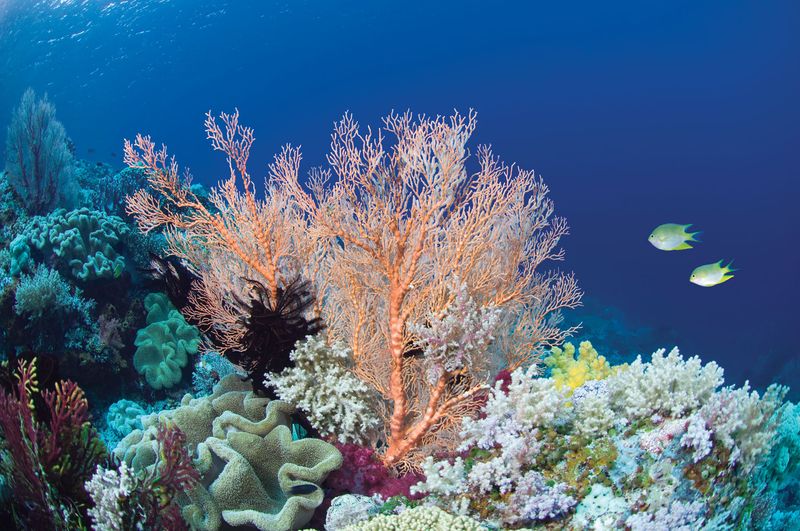
Rising ocean temperatures pose a particular threat to Cayo Margarita’s survival. When water gets too warm, corals expel their symbiotic algae – a phenomenon called bleaching that can kill entire reef systems.
Since these snails permanently attach to coral surfaces, they cannot relocate when conditions deteriorate. Increasingly acidic oceans also weaken their calcium carbonate shells and tubes. Scientists race to understand these new species before changing conditions potentially erase them forever.
13. The Legacy Of Jimmy Buffett And His Connection To Florida Keys
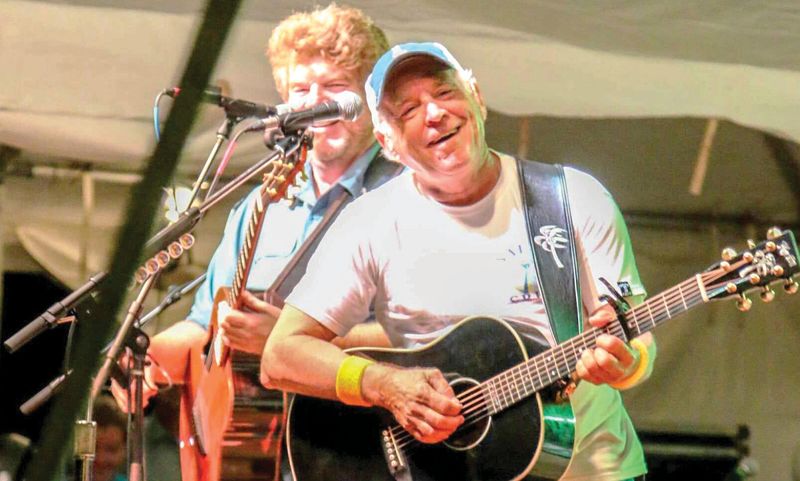
Beyond his music, Jimmy Buffett embodied the laid-back, conservation-minded spirit of the Florida Keys. His Margaritaville empire began here, but he also founded the Save the Manatee Club and supported numerous marine protection initiatives.
Local residents remember him paddleboarding through mangroves and sailing these waters for decades. Having a newly discovered species named “Cayo Margarita” creates a fitting scientific tribute that will forever link Buffett’s name with the paradise he loved and worked to protect.



